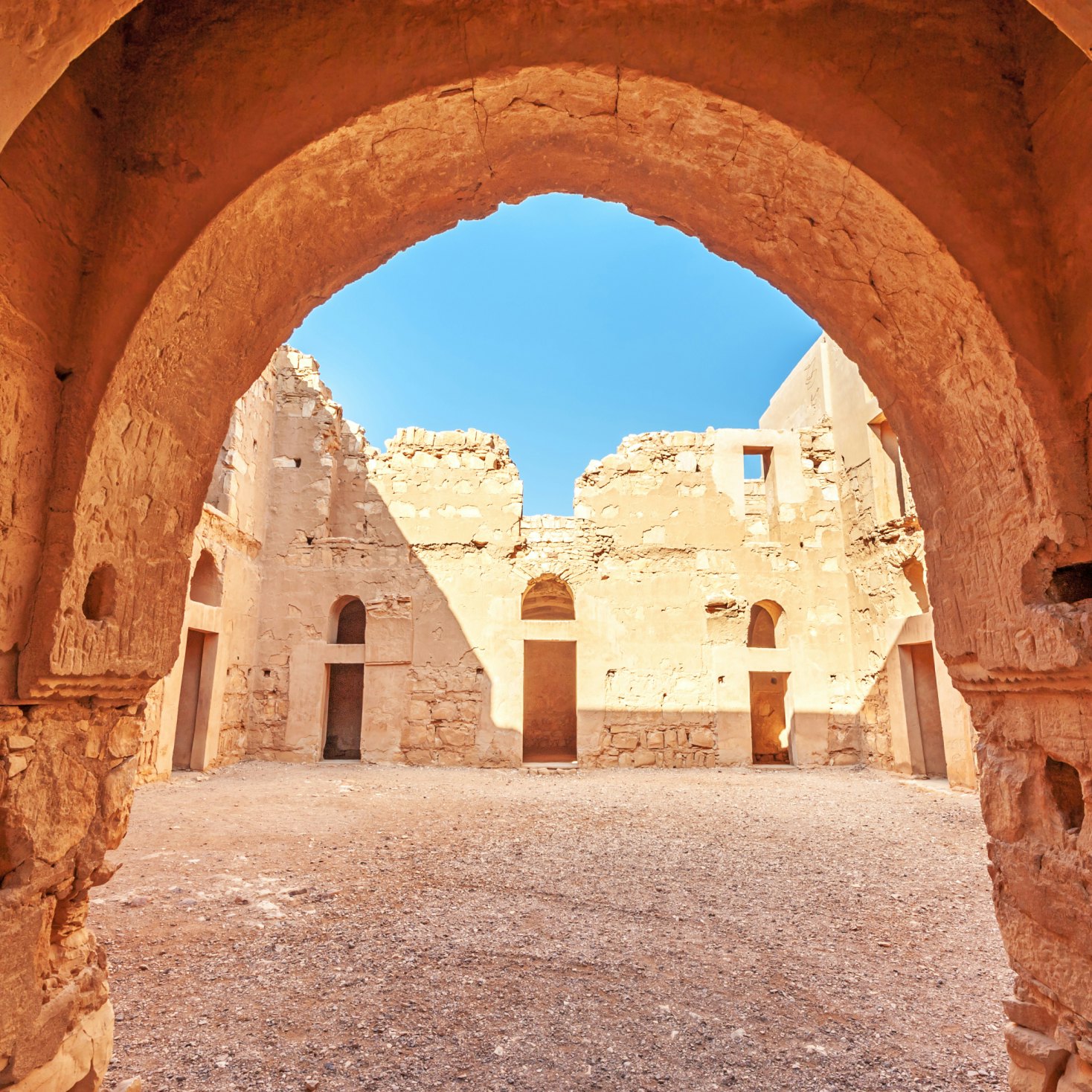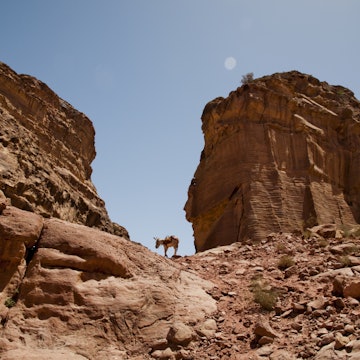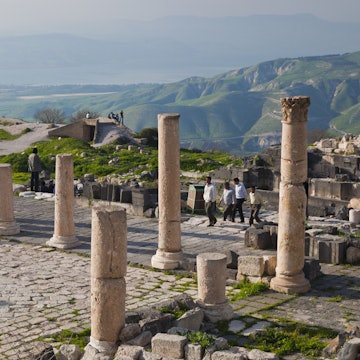

Getty Images
Overview
From the ancient city of Petra to the breathtaking Dead Sea and sublime desert landscapes of Wadi Rum in between, Jordan has delighted visitors for centuries.
Plan your trip with Guide, an AI travel planner!
Create a personalized trip itinerary in seconds using artificial intelligence.
Must-see attractions
Planning Tools
Expert guidance to help you plan your trip
Best Things to Do
Here's how to experience the very best of Jordan's rich culture, ancient ruins, incredible hospitality and wonderful landscapes.
Read full article
Best Places to Visit
From the vibrant bazaars of Amman to the ancient city of Petra, from the Dead Sea to Wadi Rum, here are eight of the best places to visit in Jordan.
Read full article
Best Time to Visit
From surprisingly cold winters to the dizzying heat of summer, our seasonal guide will help you decide when is the best time for your trip to Jordan.
Read full article
Things to Know
With top tips on safety, seasons and local etiquette, we've got all the insight you need to start planning your first incredible trip to Jordan.
Read full article
Transportation
The best way to get around Jordan depends on you, your preferences, budget, itinerary and travel style. Here’s some insight to help you decide.
Read full article
Visa Requirements
Jordan’s ancient sites, beaches and desert vistas draw enthralled visitors from around the world. Here's how to obtain a visa and start planning your trip.
Read full article
Money and Costs
Jordan isn't known for its budget options but it's all a matter of knowing where to look. Use our top tips to help plan your budget adventure.
Read full article
Traveling with Kids
Jordan is a massively underrated destination for family travel – here are our tips for planning an incredible trip with kids.
Read full article
Best Road Trips
Jordan packs a lot of ancient culture and staggering sights into a small space. Here's how to explore it all on a riveting road trip.
Read full article
Get a book. Get inspired. Get exploring.
in partnership with getyourguide






















